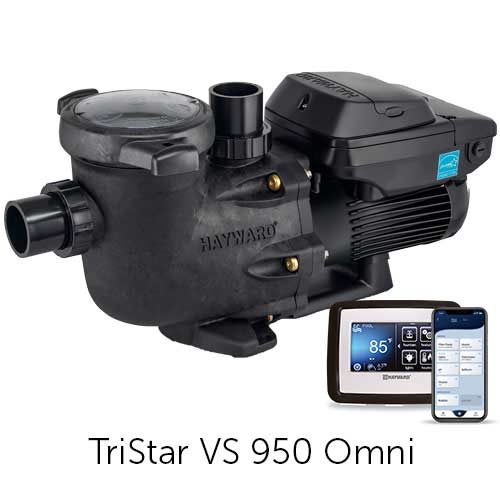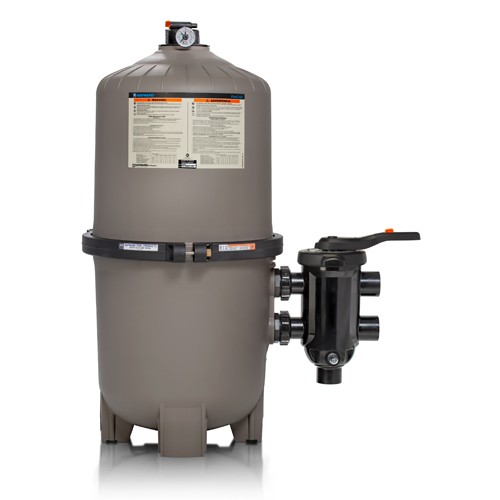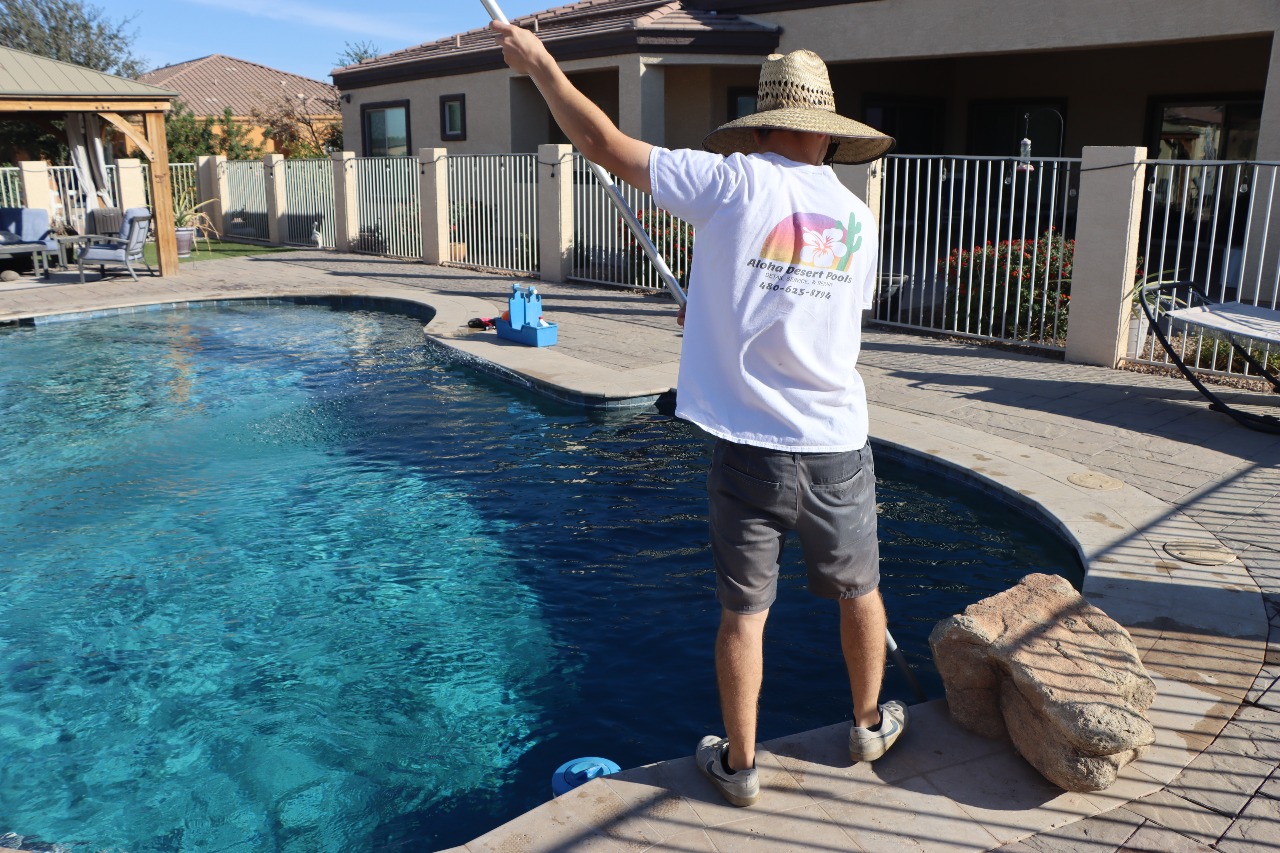Choosing the best and the right pool pump and filter significantly impacts how long your swimming pool lasts. Unfortunately, not all pool pumps and filters are the same. This is why it is important for you to know how to choose the best pump and filter for your swimming pool.
When you plan to buy a pool pump and filter, you might want to check out these tips and use them as a guide. This way, you can ensure that the pool pump and filter you purchase are the best for your swimming pool.
Know the Measurement of Your Pool
The first thing you should do before going for a pool pump and filter shopping is to know the measurement of your swimming pool. You can use a regular tape measure and measure your pool’s width, length, and depth.
It is important to measure the exact measurement of your pool, especially the depth. If the measurements are not an exact number in feet, you should convert them to decimals. This way, you can cover the exact measurement of the swimming pool.
You should take note of this measurement and use this as the basis of the next tips we will teach you.
Measure the Volume of Your Pool Water

Using the measurement that you acquire, you can now measure the volume of your swimming pool water. You can calculate it using the formula: Volume/m³ = Length/m x Width/m x Depth/m.
Some swimming pools have different depths. In this case, you can use the average depth of the swimming pool to calculate the water’s volume. To get the average depth of a rectangular pool with different depth, you can use this formula: Average Depth = [Shallow Depth + Deep Depth]/2
For a circular swimming pool, the formula that can be used is V=π r²h.
Know the Minimum Flow Rate of Your Pool
When choosing a pool pump, you must know the minimum flow rate of your pool. Your swimming pool water should circulate completely every 8 hours. This way, you can ensure that your pool water will be cleaned properly.
To get the minimum flow rate of your swimming pool, you should divide the number of gallons of water on your pool by 8. Then, after you get the quotient, divide it again by 60. The result will be the minimum flow rate of your swimming pool.
Additionally, a pool pump size calculator is available online. You can just input the numbers on the calculator, and it will automatically do the math for you. Moreover, a pool pump expert will also be glad to help you choose the right pump for your pool using the measurements you acquired.
Figure Out the Maximum Flow Rate
Aside from calculating the minimum flow rate of your swimming pool, it is also best to figure out its maximum flow rate. Usually, the maximum flow rate of a swimming pool will depend on the sizes of the pipes installed.
A 3-inch pipe can manage 150 gallons of water per minute. However, a 2-inch pipe can only manage around 73 gallons of water, while only 45 gallons of water per minute can be handled by a pipe with a size of 1.5-inch.
Start Choosing the Best Flow Rate
Now that you already know the minimum and maximum flow rate your pool needs basing on the volume of the water, it is now time to choose the right pump. It is best to choose a swimming pool pump with a flow rate between your minimum and maximum flow rate.
This is why you need to figure out the correct measurements of your pool to acquire the correct volume. As a result, you can make sure that the minimum and maximum flow rate for your pool is accurate.
Decide On What Type of Pump to Buy

Aside from choosing the pump with the best flow rate, you must also decide what type of pump to get. There are three different types of pumps. First is the single-speed pump, the second is the dual-speed pump, and the third is the variable speed pump.
Single Speed Pump
The single-speed pump is a type of pool pump that only has a one-speed option. This speed option is set to high, and you cannot change it. The motor of a single-speed pump will run on a single-speed that will depend on the horsepower of the pump.
Because the single-speed pump is constantly running at high speed, it consumes a lot of energy. This is why using a single-speed pool pump means an increase in your electricity bill.
Dual Speed Pump
Next on the list is the dual-speed pump. If the single-speed pump only has one speed, the dual-speed pump has two. So this type of pool pump gives you two options: the high and the low speed.
The high-speed option is similar to the single-speed pump. However, its low-speed option offers more flexibility. In addition, the dual-speed pump is more energy-efficient than the single-speed pump.
Variable Speed Pump
The third and the most popular speed pump today is the variable speed pump. This type of pump is the most flexible of the three as it provides a variety of options. It is also energy-efficient, which is why a lot of pool owners convert to variable speed pumps.
This type of pool pump provides less noise compared to its counterparts. Plus, this is known to be the speed pool pump that lasts longer.
The only thing that you must watch out for is the price. Variable speed pumps are relatively expensive. However, you will never be disappointed with what you paid for. The high cost will only be upfront, and you will surely save a lot in the long run.
Choose the Best Pool Filter Size
Once you have chosen the appropriate pool pump for your swimming pool, the next thing you need to do is to choose the best pool filter size. Getting the right pool pump size is important, but you also need to choose the right filter size.
If your filter is too small, it will cause too much pressure on the pump. As a result, it will cause the filtering material to break down. Therefore, having a filter with an inappropriate size is useless. Your pool water needs to be fully circulated within 8 hours, and having the wrong pool pump and filter size will not do the job.
You can consult a filter sizing chart that can be found online to know what is the correct filter size for your pool. Then, use the pool surface area to figure out what size of filter you need. To calculate your pool surface area, you should multiply the pool length and pool width.
DE, Sand, Or Cartridge Filter?

After figuring out the correct filter size for your pool, choosing what type of filter to install in your pool is the next thing you must decide on. You have three options to choose from. The filter is available in DE or diatomaceous earth, sand, or cartridge filters.
DE or Diatomaceous Earth
The DE pool filter uses Diatomaceous Earth, a tiny and naturally occurring fossilized diatom gathered on a freshwater lake. Diatoms are single-celled algae that are housed in a glass shell.
DE filters are natural and can filter your pool water by three to five microns. A naked eye can see as tiny as 35 microns only. Smaller than that, our eyes could not notice it. That is how small a DE filter can filter from your swimming pool.
Sand Filter
A sand filter comprises a tank that is made of concrete, metal, or fiberglass. Inside of the tank is special-grade sand. This is why it is called a sand filter because the main component of this filter is sand.
Sand filters can filter 20 to 30 microns only. This means that it can only remove bigger particles as compared to the DE filter.
Cartridge Filter
Next will be the cartridge filter. This type of filter is the second-best amongst the three. The reason behind this is that it can filter 10 to 20 microns. Although it is not as good as the DE, it can suffice if you do not have other options.
A cartridge filter is a modular filter encased in housing that helps remove particles in your swimming pool. The cartridge filter is mostly made from polyester, which is placed inside the housing.
Takeaway
There are many things you will need to consider when picking out a pool pump and filter. Choosing the best pool pump and filter might sound like an easy task, but in reality, many pool owners failed and chose the wrong pump and filter for their pool.






